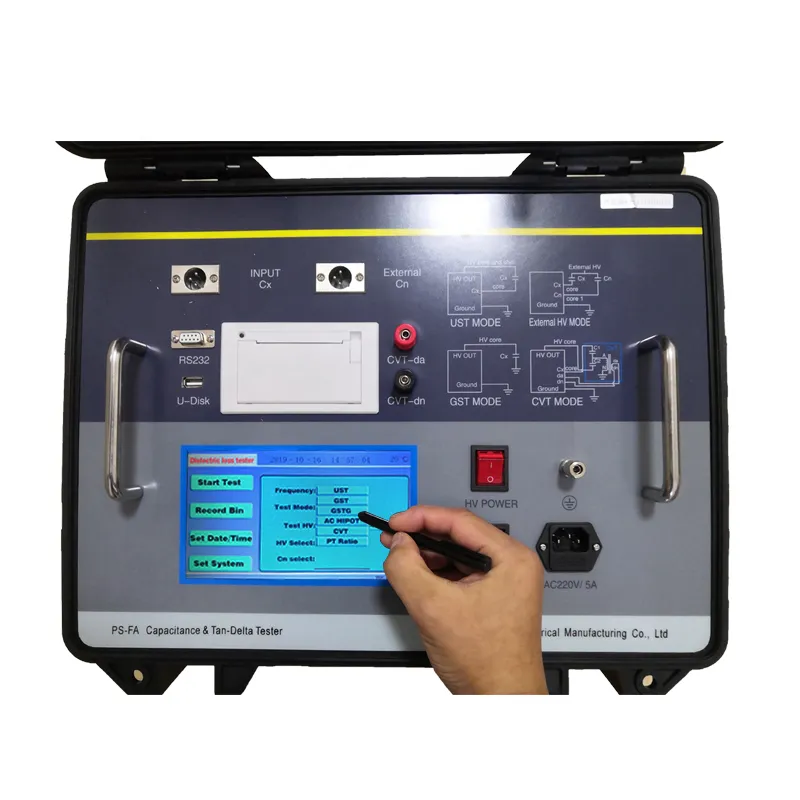 English
English



-
 Afrikaans
Afrikaans -
 Albanian
Albanian -
 Amharic
Amharic -
 Arabic
Arabic -
 Armenian
Armenian -
 Azerbaijani
Azerbaijani -
 Basque
Basque -
 Belarusian
Belarusian -
 Bengali
Bengali -
 Bosnian
Bosnian -
 Bulgarian
Bulgarian -
 Catalan
Catalan -
 Cebuano
Cebuano -
 China
China -
 China (Taiwan)
China (Taiwan) -
 Corsican
Corsican -
 Croatian
Croatian -
 Czech
Czech -
 Danish
Danish -
 Dutch
Dutch -
 English
English -
 Esperanto
Esperanto -
 Estonian
Estonian -
 Finnish
Finnish -
 French
French -
 Frisian
Frisian -
 Galician
Galician -
 Georgian
Georgian -
 German
German -
 Greek
Greek -
 Gujarati
Gujarati -
 Haitian Creole
Haitian Creole -
 hausa
hausa -
 hawaiian
hawaiian -
 Hebrew
Hebrew -
 Hindi
Hindi -
 Miao
Miao -
 Hungarian
Hungarian -
 Icelandic
Icelandic -
 igbo
igbo -
 Indonesian
Indonesian -
 irish
irish -
 Italian
Italian -
 Japanese
Japanese -
 Javanese
Javanese -
 Kannada
Kannada -
 kazakh
kazakh -
 Khmer
Khmer -
 Rwandese
Rwandese -
 Korean
Korean -
 Kurdish
Kurdish -
 Kyrgyz
Kyrgyz -
 Lao
Lao -
 Latin
Latin -
 Latvian
Latvian -
 Lithuanian
Lithuanian -
 Luxembourgish
Luxembourgish -
 Macedonian
Macedonian -
 Malgashi
Malgashi -
 Malay
Malay -
 Malayalam
Malayalam -
 Maltese
Maltese -
 Maori
Maori -
 Marathi
Marathi -
 Mongolian
Mongolian -
 Myanmar
Myanmar -
 Nepali
Nepali -
 Norwegian
Norwegian -
 Norwegian
Norwegian -
 Occitan
Occitan -
 Pashto
Pashto -
 Persian
Persian -
 Polish
Polish -
 Portuguese
Portuguese -
 Punjabi
Punjabi -
 Romanian
Romanian -
 Russian
Russian -
 Samoan
Samoan -
 Scottish Gaelic
Scottish Gaelic -
 Serbian
Serbian -
 Sesotho
Sesotho -
 Shona
Shona -
 Sindhi
Sindhi -
 Sinhala
Sinhala -
 Slovak
Slovak -
 Slovenian
Slovenian -
 Somali
Somali -
 Spanish
Spanish -
 Sundanese
Sundanese -
 Swahili
Swahili -
 Swedish
Swedish -
 Tagalog
Tagalog -
 Tajik
Tajik -
 Tamil
Tamil -
 Tatar
Tatar -
 Telugu
Telugu -
 Thai
Thai -
 Turkish
Turkish -
 Turkmen
Turkmen -
 Ukrainian
Ukrainian -
 Urdu
Urdu -
 Uighur
Uighur -
 Uzbek
Uzbek -
 Vietnamese
Vietnamese -
 Welsh
Welsh -
 Bantu
Bantu -
 Yiddish
Yiddish -
 Yoruba
Yoruba -
 Zulu
Zulu
astm d92
Understanding ASTM D92 The Flash and Fire Point Test for Petroleum Products
ASTM D92 is a crucial standard developed by the American Society for Testing and Materials (ASTM) that outlines the procedure for determining the flash point and fire point of petroleum products. This technical specification is especially important in industries dealing with combustible materials, as it ensures safety during handling and management of fuels and oils.
The flash point is defined as the lowest temperature at which the vapor of a liquid can ignite upon exposure to an ignition source, while the fire point is the temperature at which the vapor continues to burn for at least five seconds after being ignited. These two measurements are vital in assessing the potential hazards associated with various petroleum products, such as gasoline, diesel fuel, and lubricating oils.
.
The test procedure specified by ASTM D92 involves using a Cleveland Open Cup apparatus, which allows for the measurement of flash and fire points in a controlled environment. The test begins by placing a sample of the petroleum product in the cup, which is then heated at a controlled rate. An ignition source, typically a flame, is introduced periodically until the vapor above the liquid ignites. The temperature at which this ignition occurs is recorded as the flash point. Further heating will eventually lead to the point where the vapor continues to burn after the ignition source is removed, marking the fire point.
astm d92

The results obtained from ASTM D92 are pivotal for various stakeholders. For manufacturers, understanding the flash and fire points of their products is essential for product formulation and development. Safety personnel rely on this data to create safe handling procedures and emergency response plans. Regulatory bodies use these measurements to set standards for the transport and storage of flammable liquids, which is critical in preventing industrial accidents and environmental disasters.
Moreover, ASTM D92 is instrumental in regulatory compliance across numerous industries. Many countries and regions adopt ASTM standards as part of their legislative framework for hazardous materials. By adhering to ASTM D92, businesses can ensure that their products meet legal requirements for safety and environmental protection.
The relevance of ASTM D92 extends beyond compliance; it is integral to product quality control and innovation. Companies innovating new formulations or alternative fuels must understand their products' flammability characteristics. The flash and fire point qualifications can impact marketing strategies, as products with higher flash points may be advertised as safer options.
In recent years, the focus on sustainability has also influenced petroleum testing standards. As industries explore biofuels and other alternatives, ASTM D92 continues to provide a reliable framework for assessing the safety of these emerging products. As the energy landscape evolves, the insights gained from flash and fire point testing will remain foundational in ensuring both safety and efficiency in energy use.
In conclusion, ASTM D92 plays a vital role in the petroleum industry by providing a robust methodology for assessing flash and fire points. Its implications for safety, regulatory compliance, and product innovation underscore its importance as a standard in the safe handling of combustible materials. Understanding and applying ASTM D92 not only minimizes risks but also promotes responsible stewardship in the energy sector.
-
Using Distillation Range Testers in the Food and Beverage IndustryNewsApr.16,2025
-
The Impact of IoT on Distillation Range Tester PerformanceNewsApr.16,2025
-
The Best Distillation Range Testers for Extreme ConditionsNewsApr.16,2025
-
How Distillation Range Testers Save Time and MoneyNewsApr.16,2025
-
Distillation Devices for Advanced Separation TechniquesNewsApr.16,2025
-
Common Mistakes to Avoid When Using a Distillation Range TesterNewsApr.16,2025



